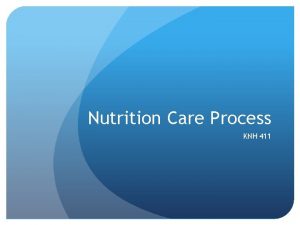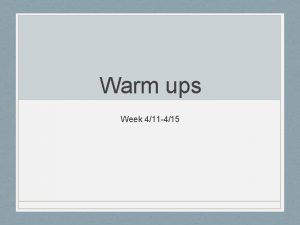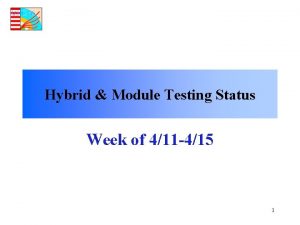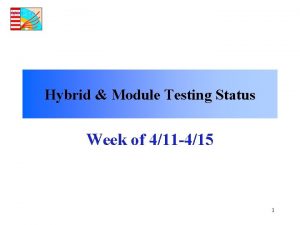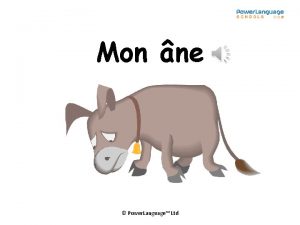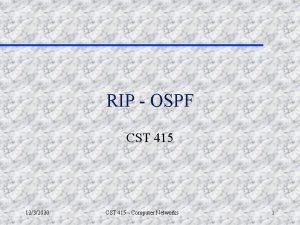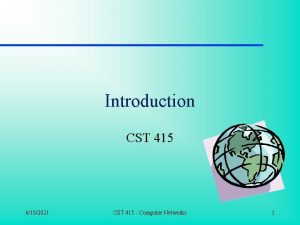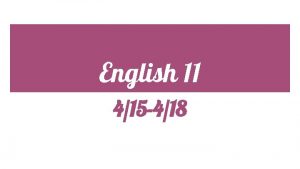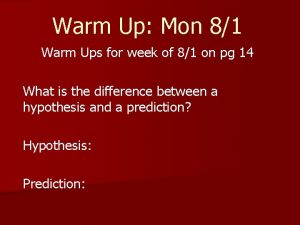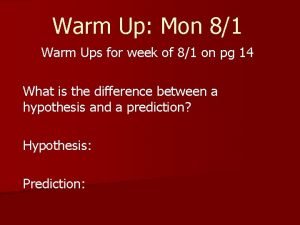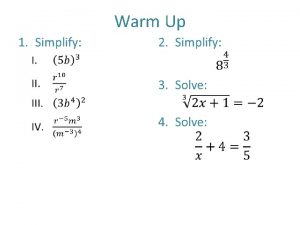Week 4 411 415 Warm Up Mon 411















- Slides: 15

Week #4 (4/11 -4/15) Warm Up – Mon, 4/11: - Heart Latin Roots & cards Anatomy Fun Fact: Though weighing only 11 ounces on average, a healthy heart pumps 2, 000 gallons of blood through 60, 000 miles of blood vessels each day. Agenda: 1. Cardiovascular notes – Path of Blood through the Heart & Blood Supply to the Heart 2. Path of Blood through the Heart interactive demo (if time) Have out: Ø Cardio note-taker Pick up: Ø 2 colored pencils Ø Heart Anatomy diagram Ø 6 index cards & a scissors Homework: 1. Mystery Blood Stain Lab Abstract – Wed, 4/13 & Thurs, 4/14 2. Heart Quiz – Fri, 4/15

Cardiovascular System LATIN ROOTS (the Heart) • • • Ventr- – belly Atria- – open space Epi- – onto top of Myo- – referring to muscle Endo- – inside of Cardia(o)- – referring to the heart Inter- – between Sept- – fence, partition, enclosure Tri- – 3 Bi- – 2 Pick up 6 index cards & a scissors! • • • Cusp- – lance, point Ven- – vein Cav- – hollow Pulm- – referring to the lungs Chord- – cord Tend- – stretch, strain Trab- – beam Carn- – flesh Semi- – half Luna- – moon Coron- – crown Sinus – open space

The Heart • Intro to the Heart video (3: 30) • Beats approximately 100, 000 times/ day , pumping 8, 000 liters of blood • Approximately the size of clenched fist • Made up of 4 muscular chambers • Rt/Lt Atria • Rt/Lt Ventricles • 2 sides of heart act as 2 separate pumps

Protecting & Pumping: Heart Walls • Epicardium – covers outer surface of heart • Myocardium – muscle wall of heart (forms both atria & ventricles) that contains blood vessels & nerves • Endocardium – inner surface of heart, including heart valves

Internal Anatomy of Heart • Interatrial septum – between atria wall • Interventricular septum – thicker wall between ventricles • Atriventricular (AV) valves – fibrous valves that connect atria to ventricles &vonly permit blood flow in one direction • Right: Tricuspid valve • Left: Mitral or bicuspid valve

Path of Blood Through Body • Right Atrium receives Path of Blood through the Heart (~2 mins) blood from Superior & Inferior Vena Cava • SVC – opens into posterior/ superior portion of R. Atrium, delivering deoxygenated blood from head, neck, upper limbs & chest • IVC – opens into posterior/ inferior portion of R. Atrium, delivering deoxygenated blood from rest of trunk, viscera &

Path of Blood Through Body • Blood travels to Right Ventricle from Right Atrium through tricuspid valve (Right AV valve) • Free end of each cusp is attached to fibrous chordae tendineae (“tendonous chords”), which attaches to papillary muscle • When these muscles contract, AV valves open & let blood pass through • Valves regulate flow of blood through chambers of heart • Inner surface of ventricles contains muscular ridges called trabeculae carneae • Increase heart's ability to pump blood efficiently

Path of Blood Through Body • Blood then passes into pulmonary trunk through pulmonary (semilunar) valve • Pulmonary trunk divides into R & L pulmonary arteries • These arteries branch into capillaries in lungs, where O 2 enters blood & CO 2

Show me the Latin Root for…! Week #4 (4/11 -4/15) Warm Up – Tues, 4/12: - Heart Circulation Active Reading Anatomy Fun Fact: Top 25 Heart-healthy Foods Best Fruits & Vegetables 1. Blackberries 2. Blueberries 3. Cranberries 4. Raspberries 5. Broccoli 6. Kale 7. Peppers 8. Sweet potatoes 9. Tomatoes 10. Winter squash Winning Whole Grains & Legumes 11. Black beans 12. Chickpeas 13. Lentils 14. Pinto beans 15. Red bean 16. Soybeans (including edamame, tofu, soy millk) 17. Barley 18. Oatmeal Nutritious Nuts & Seeds 19. Walnuts 20. Almonds 21. Flaxseed Fantastic Fish: 22. Salmon 23. Tuna Smart Oils: 24. Olive oil (for cooking & dressings) 25. Canola oil Agenda: 1. 2. Cardiovascular notes – Path of Blood through the Heart & Blood Supply to the Heart Path of Blood through the Heart interactive demo Pick up: Ø Heart Circulation AR wkst Ø Red & blue colored pencils Have out: Ø Heart notes & diagram Homework: 1. Mystery Blood Stain Lab Abstract – Wed, 4/13 & Thurs, 4/14 2. Heart Quiz – Fri, 4/15

Path of Blood Through Body • Blood travels from lungs through R & L pulmonary veins into the left atrium • From the Left Atrium it passes through the mitral valve (L AV valve or bicuspid valve) into the Left Ventricle

Path of Blood Through Body • Left ventricle is much larger than right ventricle • Build enough pressure to push blood through systemic circuit, against gravity • Blood leaves left ventricle through aortic valve into ascending aorta • From ascending aorta it goes into aortic arch, into the upper body by the brachiocephalic trunk, the left common carotid artery, the left subclavian artery, & down the descending aorta

Path of Blood Through Body • From the descending aorta it travels to all lower body, to the capillary level, then to venules, then to veins & ultimately into inferior vena cava (same for upper body through superior vena cava)

Path of Blood Through Body

Movement of Blood through the Circulatory System • Movement of Blood Interactive Demo • What is the path of blood through the body? • What is the role of blood as it circulates? • Each student is a part of the Circulatory System (give name tags). • Arrange yourselves around the lab area to represent the path of blood through the Pulmonary & Systemic circuits. • Start at the front of Lab #8 with Right Atrium & go counterclockwise. • Give a red plate to the Right Atrium…what does the red plate represent? • Lungs: You get white dot …what vital gas do they represent? • Body cells: You get the blue dots…what metabolic waste product do they represent? • As blood (red plate) comes to you, say WHAT PART YOU ARE of the System & WHAT YOU DO WITH THE BLOOD.

Blood Supply to Heart • Myocardium (cardiac muscle) needs its own constant supply of 02 -rich blood • The L & R coronary arteries originate at base of ascending aorta • Blood pressure here is highest in all of systemic circuit • Blood returned to R atrium from myocardium by great, posterior, middle & small cardiac veins by dumping it into coronary sinus












